Portugal has emerged as one of Europe’s trendiest destinations lately. Travelers pack Lisbon’s vibrant streets and crowd onto the Algarve’s golden beaches in record numbers.
Yet beyond these hotspots lies a different Portugal—where time crawls rather than sprints, where ancient traditions survive not as tourist gimmicks but as everyday reality. These special corners of the country haven’t just preserved their architecture; they’ve maintained ways of life that urban Portugal left behind decades ago.
Here is a list of 14 places across Portugal where time has slowed down, offering authentic experiences that connect visitors with the country’s cultural heritage and unhurried way of life.
Monsanto
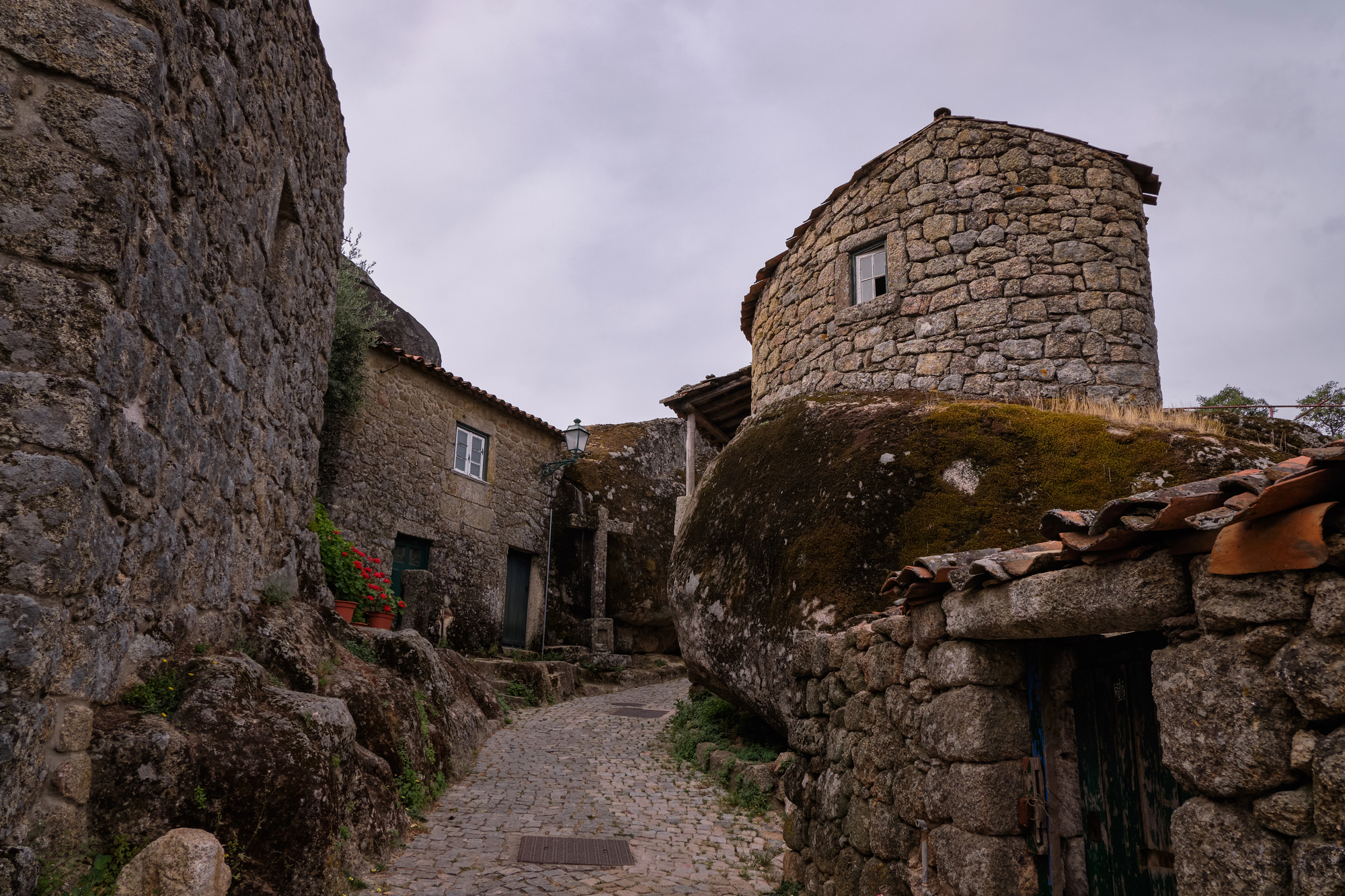
Built among enormous granite boulders, this village in eastern Portugal hasn’t changed much since medieval times. Houses squeeze between massive rocks—some even use the boulders as their roofs.
Stone staircases wind through the settlement to a castle perched defiantly at the summit. Daily life follows traditional rhythms here; elderly residents craft bobbined lace in doorways while locals still farm the surrounding countryside using methods their grandparents would recognize. It’s called the ‘Most Portuguese Village in Portugal’ for good reason.
Piódão
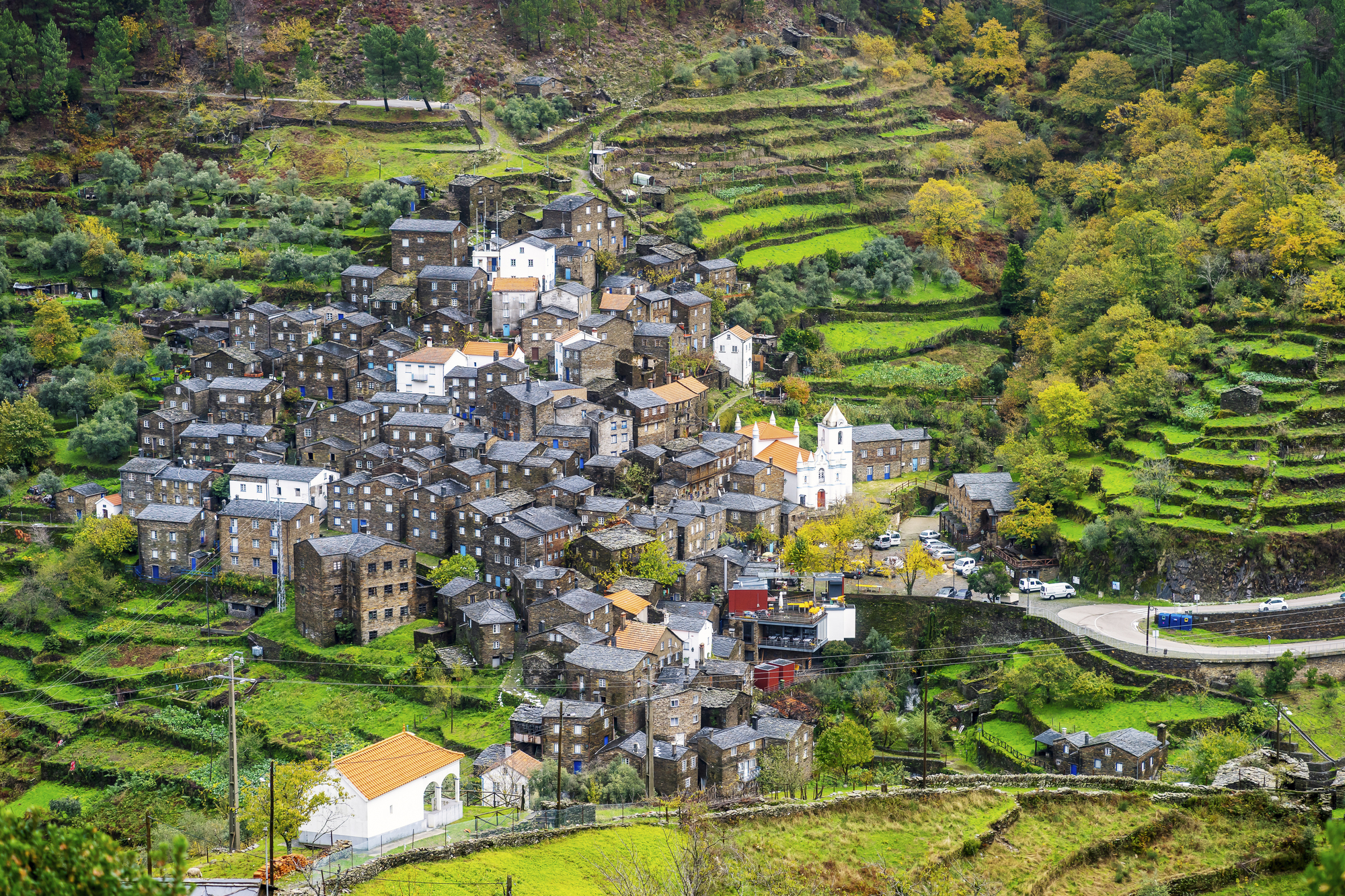
Tucked deep into the Serra do Açor mountains, this slate village seems carved directly from the hillside itself. Its uniform gray buildings with bright blue trim create a strangely harmonious scene that’s remained consistent through centuries.
Fountains gurgle through the village in stone channels past communal washing tanks that haven’t lost their purpose despite the existence of modern appliances. Nights here stay genuinely dark—something increasingly rare in our modern world—allowing visitors to experience evenings much as medieval travelers once did.
Óbidos

Completely encircled by massive defensive walls, this small town hasn’t surrendered its historic character to modernization. It became a wedding gift to Queen Isabel in the 13th century—a tradition that continued for generations of Portuguese queens.
Walking its cobbled streets feels like stepping back several hundred years; cascading flowers drape across whitewashed buildings while local shops serve ginjinha—a sour cherry liqueur—in small chocolate cups just as they’ve done for generations. The town deliberately preserves its medieval atmosphere, with even its bookshops housed in buildings that have stood for centuries.
Like Travel Pug’s content? Follow us on MSN.
Sortelha

This granite village stands as one of Portugal’s best-preserved medieval settlements—its massive defensive walls seemingly frozen in time. The rough stone houses maintain their original forms, with daily life continuing along patterns established long before electricity or running water.
Locals still collect firewood for cooking, stack hay using traditional methods, and gather in the tiny main square where the same stone benches have served as meeting points for centuries. You won’t find souvenir shops or tourist restaurants here—just authentic village life continuing as it has for generations.
Rio de Onor
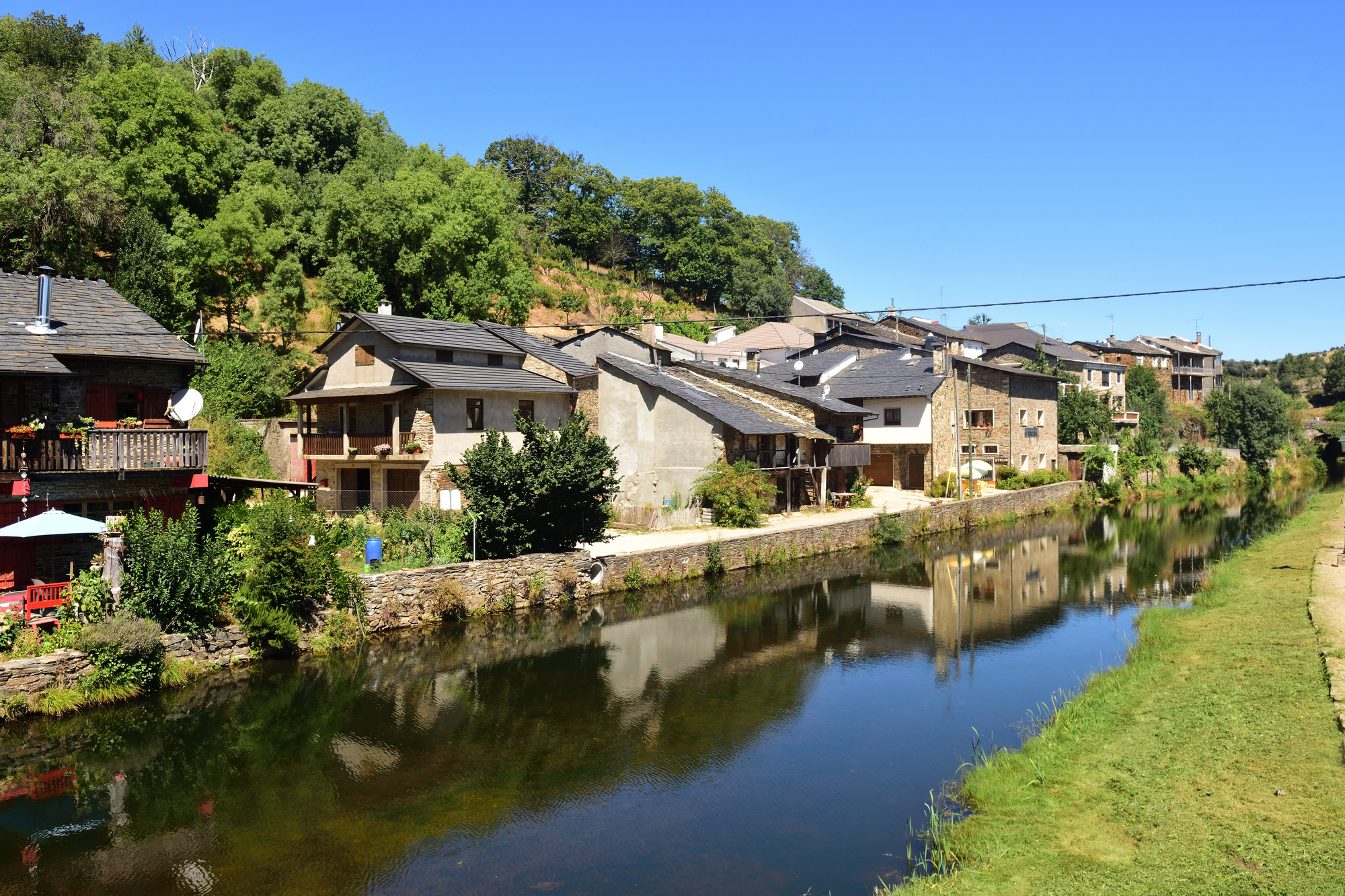
Straddling the Portuguese-Spanish border, this remote village operates under a communal governance system that dates back to medieval times. Half the village sits in Portugal, half in Spain—yet residents share a unified identity and make decisions collectively through a traditional council.
They speak their own distinct dialect that blends Portuguese and Spanish, evolved through centuries of isolation. The architecture hasn’t changed much either—two-story stone houses feature exterior staircases and wooden balconies still used for drying crops after harvest.
Castro Laboreiro
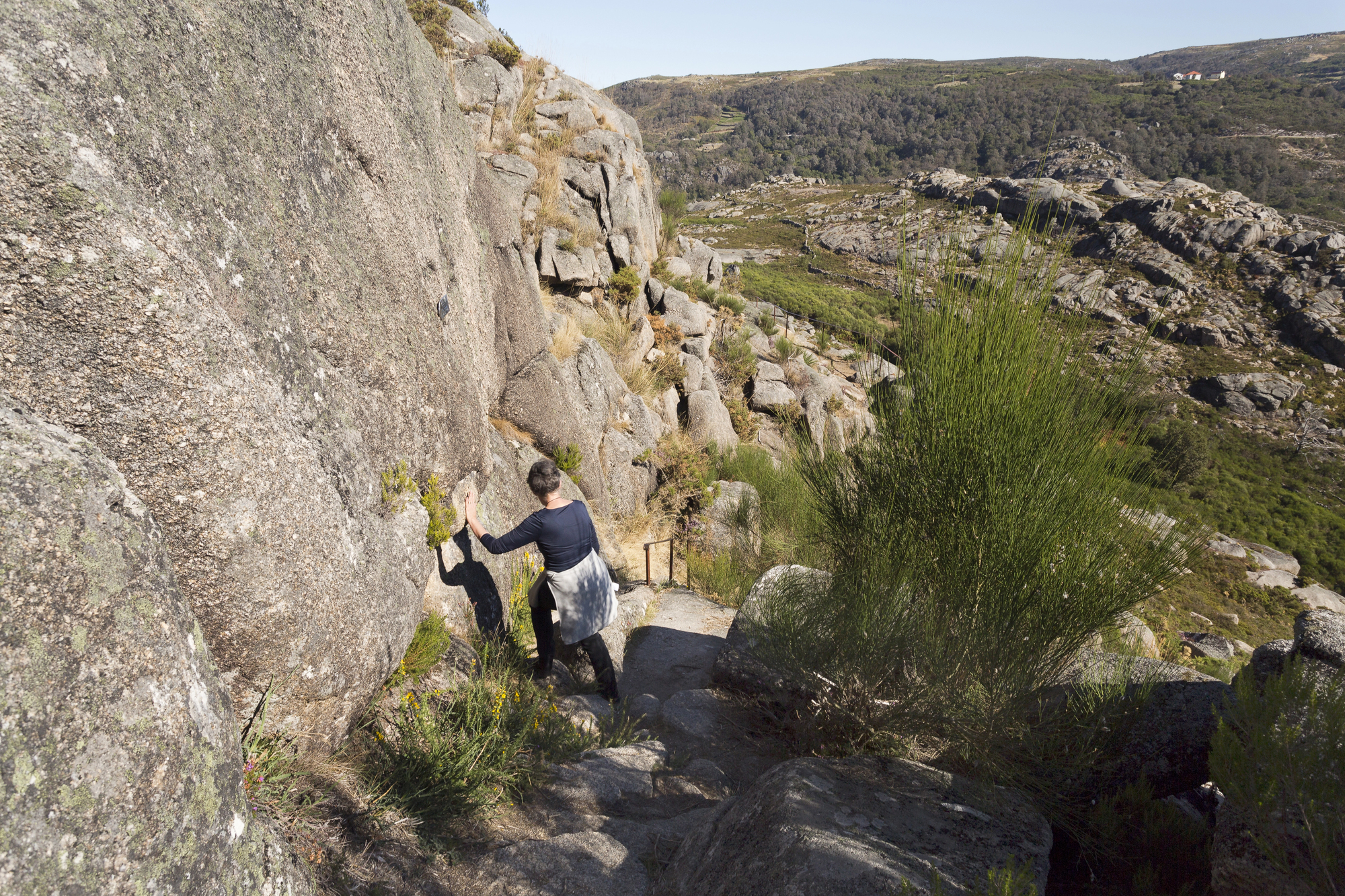
Set high in the rugged mountains of Peneda-Gerês National Park, this village maintains seasonal migration patterns established centuries ago. Some families still practice transhumance—moving between higher summer settlements and lower winter villages based on weather patterns.
Stone granaries raised on mushroom-shaped pillars dot the landscape—designed to keep rodents away from stored grain just as they have since Roman times. Water-powered mills still grind corn using technology virtually unchanged for a millennium.
Like Travel Pug’s content? Follow us on MSN.
Mértola
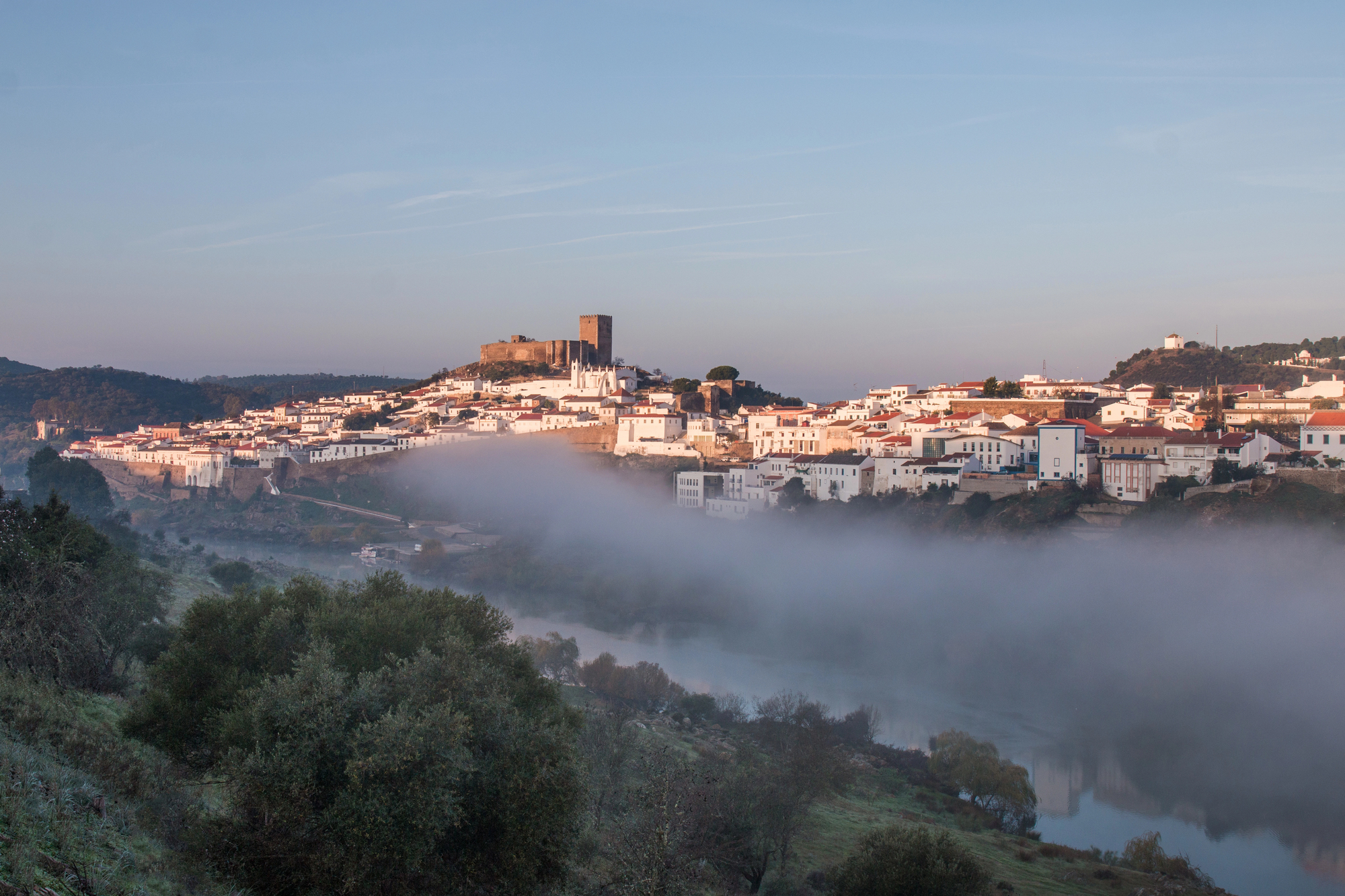
This riverside town provides a living connection to Portugal’s Islamic period—architectural elements and cultural practices from the Moorish era survive here in remarkable detail. The whitewashed buildings climb steep streets in traditional North African style, while the main church clearly betrays its origin as a mosque—complete with original mihrab prayer niche.
Locals still arrange market stalls according to ancient patterns—regional goods displayed on simple tables in the plaza beside the river. Archaeologists regularly uncover Islamic artifacts directly beneath streets where contemporary life continues in surprisingly similar patterns.
Miranda do Douro

Located dramatically above the Douro River canyon, this border town maintains its own language—Mirandese—officially recognized alongside Portuguese. Traditional bagpipe music echoes through narrow streets during religious festivals that follow centuries-old calendars.
Locals perform ritual dances wearing handwoven wool capes—craftwork still produced on traditional looms kept in family homes. The imposing cathedral watches over a community where elderly women continue to bake bread in communal stone ovens, preserving techniques through generations of careful cultural stewardship.
Sistelo
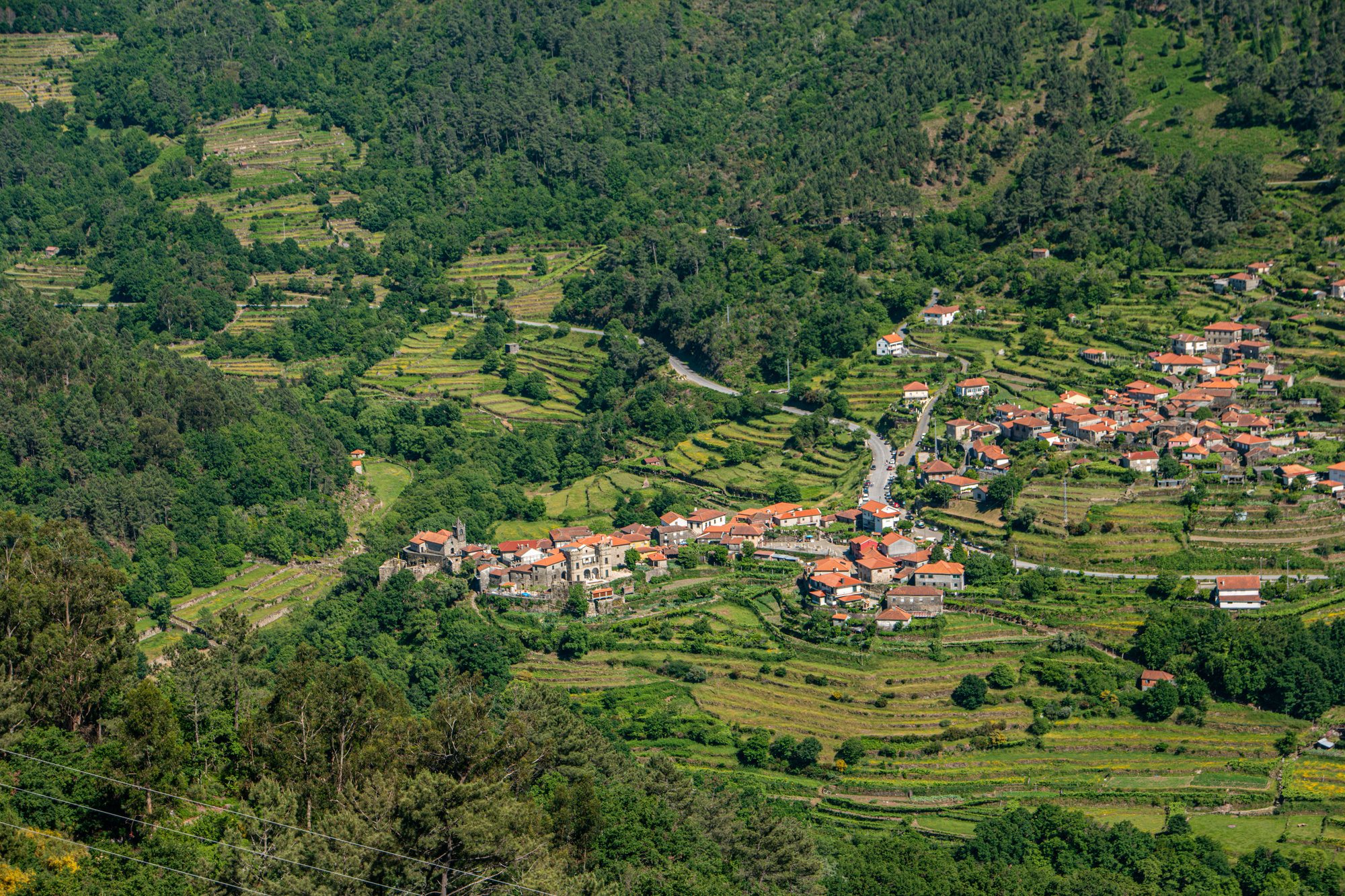
Often nicknamed ‘Little Tibet’ for its remarkable terraced mountainsides, this northern village maintains agricultural practices dating back to medieval times. The elaborate system of terraced fields supported by hand-built stone walls still produces crops using traditional methods—no modern machinery disturbs the centuries-old landscape.
Stone granaries on stilts dot the hillsides, their design unchanged through generations of farmers who’ve worked this challenging terrain. The isolation has preserved not just architecture but entire agricultural ecosystems that vanished elsewhere decades ago.
Like Travel Pug’s content? Follow us on MSN.
Aldeia da Mata Pequena
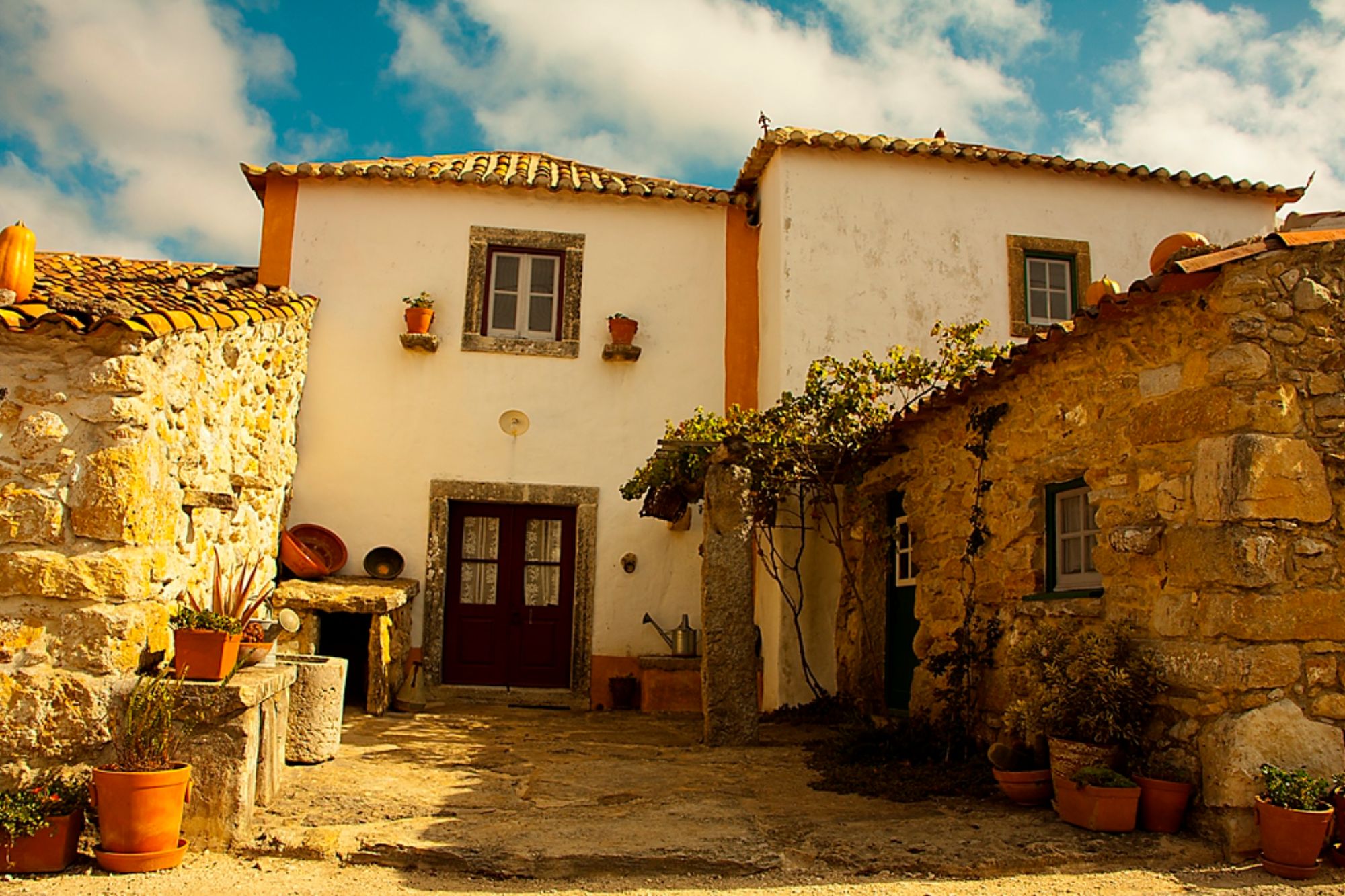
Abandoned in the 1960s and painstakingly restored, this small settlement near Mafra offers an authentic glimpse into rural Portuguese life from the early 20th century. The schist houses maintain their original layouts and furnishings—from bread ovens to handcrafted wooden tools.
No modern conveniences interrupt the historical atmosphere; oil lamps provide evening light, and traditional foods are prepared using heritage methods. Unlike many historic recreations, this restoration focused on authenticity rather than luxury—preserving the genuine character of rural Portuguese life.
Constância

This peaceful riverside town where Portugal’s greatest poet, Luís de Camões, once lived maintains the tranquil ambiance that inspired his writing. The central square hasn’t changed substantially since the 16th century—traditional tilework and wrought iron balconies frame buildings that witnessed centuries of Portuguese history.
Wooden boats similar to those used for generations still navigate the river where it meets the Tagus. Local confectioners produce sweets according to recipes originally developed by nuns hundreds of years ago, passed down through families who’ve preserved these culinary traditions.
Alte
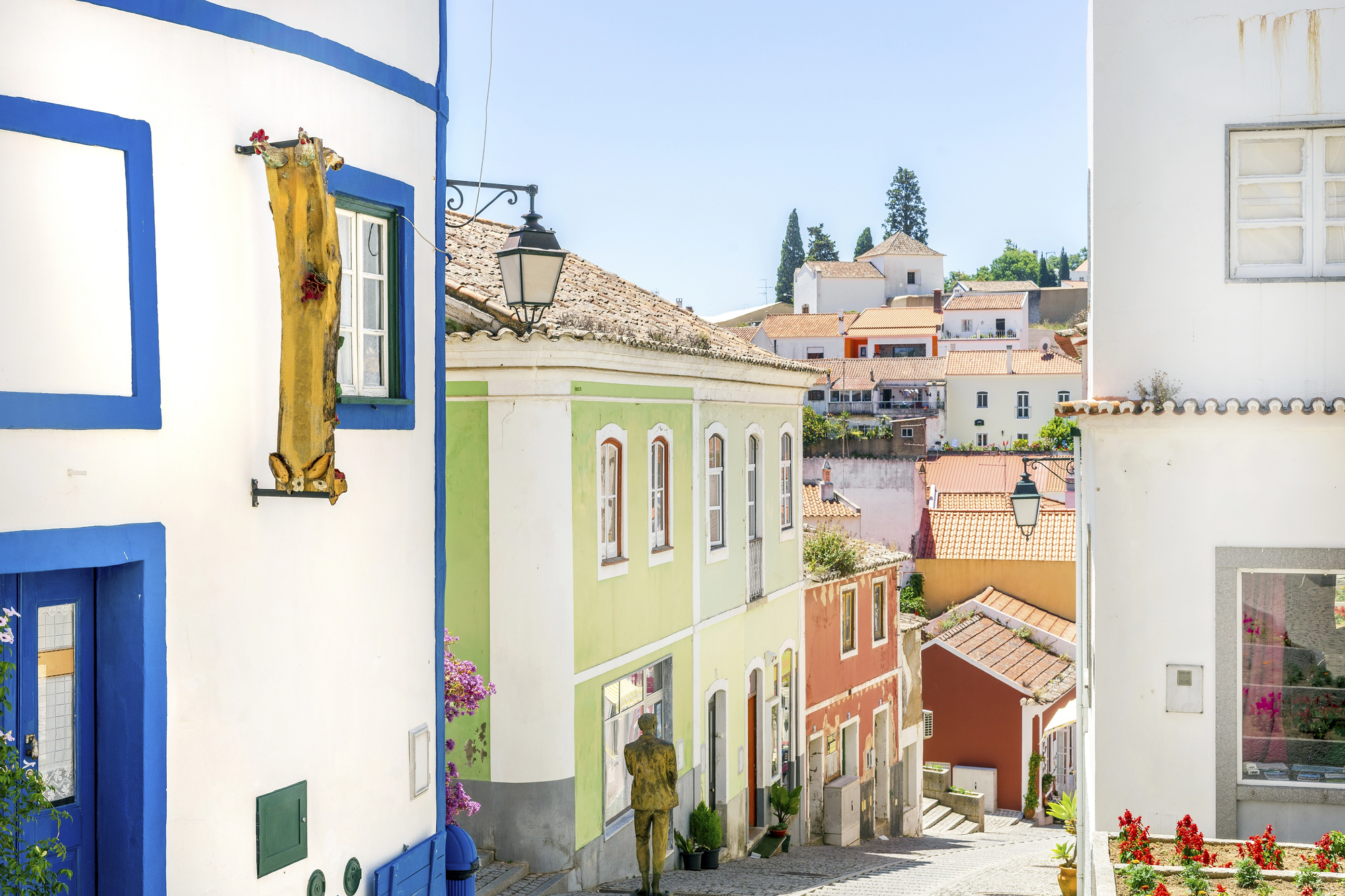
Nestled in the inland Algarve far from coastal resorts, this whitewashed village built around natural springs maintains the unhurried pace typical of southern Portuguese life before mass tourism arrived. Elderly craftspeople weave palm fronds into baskets and mats as their ancestors did, while the communal washing tanks at the village springs continue to serve practical purposes.
The simple white church with its hand-painted altar exemplifies rural religious architecture that favors sincerity over grandeur. Family-owned taverns cook regional dishes in traditional clay pots over open fires, their recipes unchanged for generations.
Like Travel Pug’s content? Follow us on MSN.
Favaios
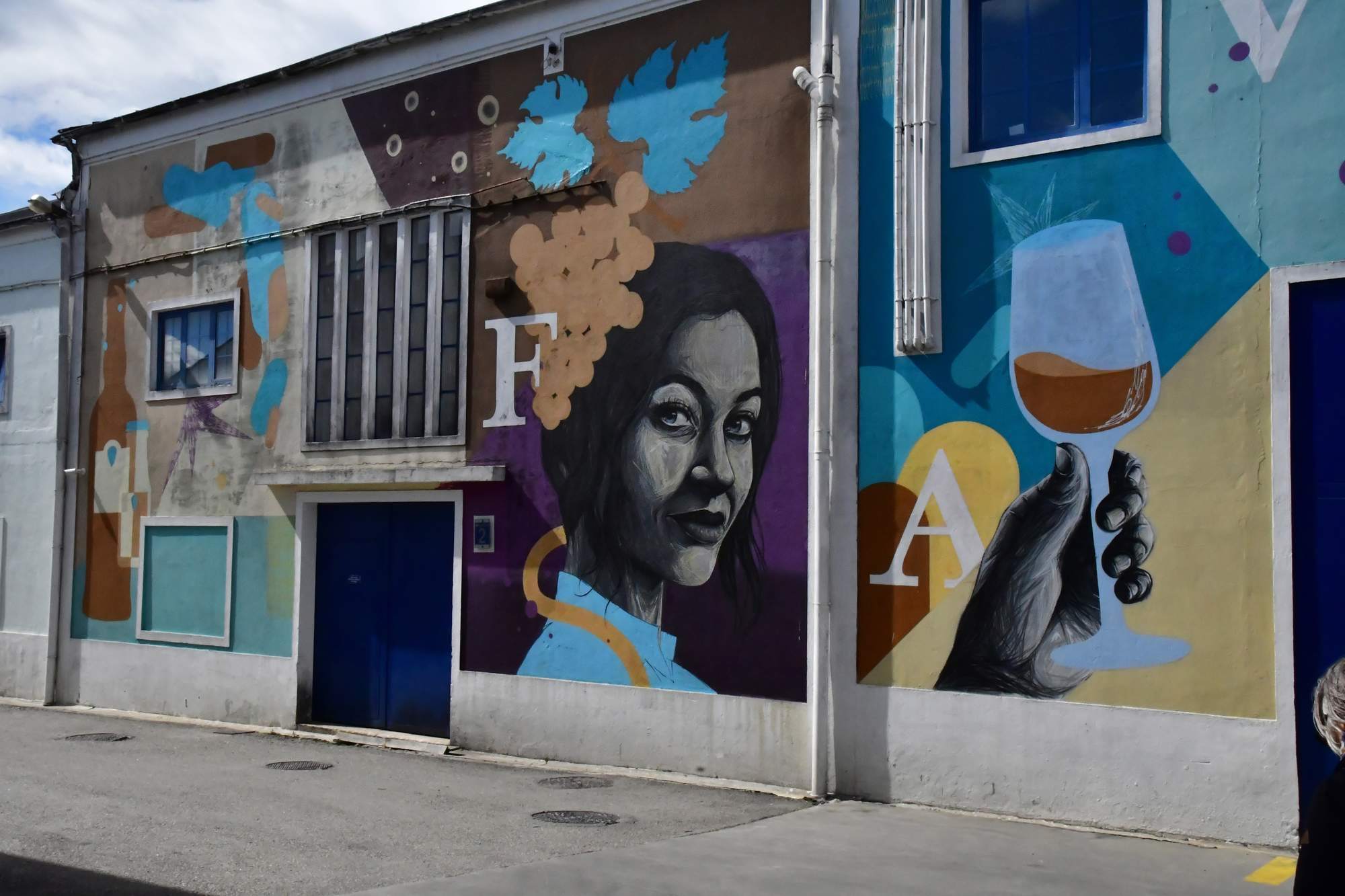
This small wine-producing town in the upper Douro Valley makes muscatel wine using methods established generations ago. Bread bakers use communal wood-fired ovens to produce four-cornered loaves found nowhere else in Portugal.
The town’s cooperative winery, founded in 1952, still practices traditional foot-treading of grapes during harvest, gathering residents for a community ritual increasingly rare in modern wine production. Life moves according to agricultural seasons rather than modern schedules, with community activities centered around vineyard work that follows patterns established long before industrial agriculture.
Azenhas do Mar
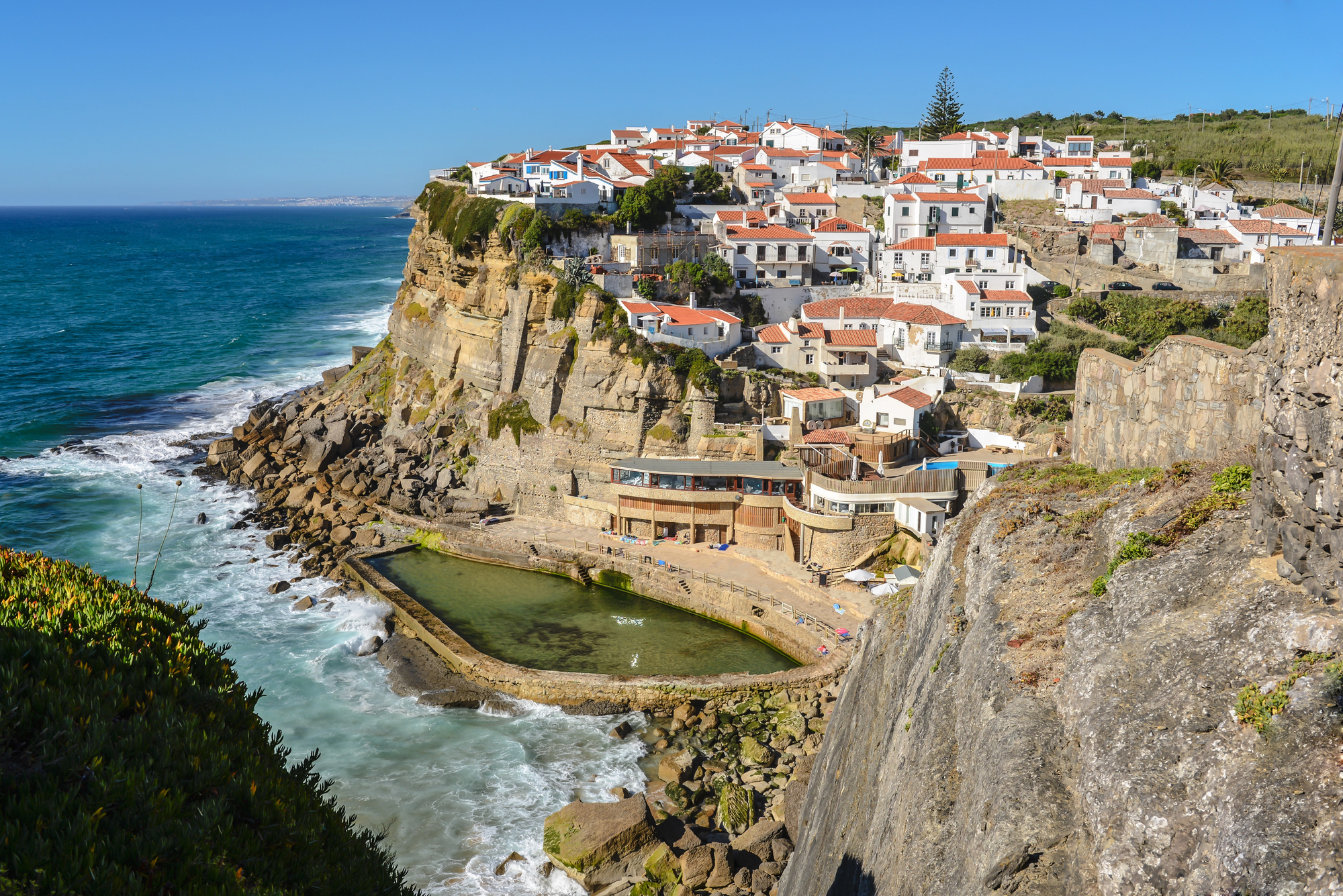
Clinging dramatically to cliffs above the Atlantic north of Lisbon, this small fishing settlement represents coastal Portuguese life before tourism transformed the shoreline. White houses with blue trim cascade down the hillside to a natural seawater pool that has served residents for generations.
Fishermen haul wooden boats up the slipway using manual winches each evening, while seafood restaurants serve the day’s catch prepared according to recipes passed through families. The village’s relationship with the ocean has necessitated an adherence to natural rhythms that preserves a way of life increasingly uncommon along Portugal’s developed coast.
Timeless Portugal

These fourteen locations offer more than photogenic scenery—they provide genuine connections to Portugal’s cultural heritage and traditional lifeways. What makes these places special isn’t just preserved buildings but the continuation of practices, crafts, and community rhythms that have largely disappeared elsewhere.
Visiting these slower corners of Portugal offers a chance to step outside modern acceleration and experience a pace that values tradition, community connection, and harmony with natural cycles. In a country rapidly gaining popularity with international travelers, these places remind us that the most meaningful experiences often come not from famous attractions but from slowing down enough to appreciate a way of life that prioritizes being present in the moment.
More from Travel Pug

- Cities Growing so Fast You Won’t Recognize Them in 10 Years
- 13 Destinations Where Tourists Regularly Regret Their Trip
- 20 Obscure WWII Sites Even History Buffs Don’t Know About
- 10 Under-the-Radar Mountain Towns That Are Both Affordable and Beautiful
- Remote Villages in Europe Where You Can Live for Free in Exchange for Work
Like Travel Pug’s content? Follow us on MSN.
